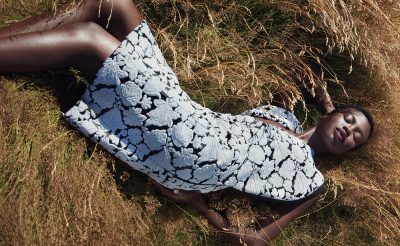At the start of a New Year, cutting down on culinary calorific treats is usually at the top of people’s priority lists. As featured in our Dec/Jan issue of MOJEH, the Paleo diet is having its moment as it takes culinary cues from prehistoric times – so, courgette spaghetti anyone?
It’s a diet with many monikers: Stone Age, Caveman, Primal, and the list goes on. If you’ve not tried it by now (because you’re still hooked on to the über successful 5:2 diet), then chances are you have a friend who has. But, what does it entail? Like most diets it, first and foremost, praises the process of elimination. No refined sugar, no processed foods, no dairy, no grains or starch, and don’t even think about gulping down legumes, like lentils or beans. In short – nothing invented during the modern day. According to Sarah Ballantyne, author of The Paleo Approach, a Paleo diet consists of ‘meats, fish, eggs, vegetables, fruits, nuts and seeds’. Think: Foraging for food, in a kind of hunter-gatherer way. At the start of a New Year, cutting down on culinary calorific treats is usually at the top of people’s priority lists – so, courgette spaghetti anyone?
In 2013, the Paleo diet gained the most Google searches in comparison to any other, and it’s still being followed today by thousands of people striving for better health, boasting a plethora of benefits, including weight loss, disease prevention and improved health. But, is it another way to objectively remove the dreaded carb from our diet? Same diet, different name? In the UK, bread and pasta sales are down by 8.9 and 4.2 per cent, respectively, which analysts have attributed to the no-carb trend. A new study carried out by the University College of London has cast doubts over the diet’s foundations. Professor Mark Thomas has concluded that carbohydrates should be ‘put back’ in the Paleo diet, because it is highly likely that they, and meat, allowed for us to become the most dominant species on the planet. Around 1.8 million years ago, the human digestive tract shrunk, which archaeologists suggest as an explanation as to why we now eat cooked meat. At the same time, human brains began to increase. “Plant carbohydrates and meat were both necessary and complementary dietary components in human evolution…Concentrated starch from plant foods was essential to meet the substantially increased, enlarged brain. Consumption of increased amounts of starch may have provided a substantial evolutionary advantage to mid-to-late Pleistocene humans,” he told the UK’s Telegraph newspaper. Another grievance with the diet is that the ability to be able to actually source food that is free of chemicals and pesticides, and to ensure that you’re consuming grass-fed meat, is no easy feat.
In 2014, actress Jennifer Lawrence called out carb-free diets as ‘the new, cool eating disorder’ during her interview with Vanity Fair. From Jack Osbourne and Matthew McConaughey to Jessica Biel, celebrities have gone back to their ancestor’s roots and tried the Paleo diet for themselves. But, what is a balanced diet these days? Gwyneth Paltrow believes gluten-free is the way to go, whereas superstar Beyonce has been a trailblazer for going vegan, championing the method over the past year. Today, doctors encourage their patients, who are at great risk of a heart attack and stroke, to follow a Mediterranean diet full of olive oil, butter, fruit, vegetables, carbohydrates and meat. In all fairness, low-carb diets have been proven to reduce people’s weight. However, despite the hype, there’s no evidence to prove that this diet lowers mortality or the risk of heart disease and cancer. Getting back to the basics may be for some, but not for all. Maybe success just lies in adopting a new, healthier diet and being able to stick to it.



